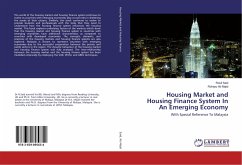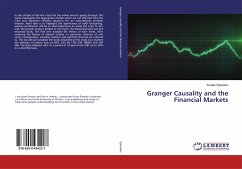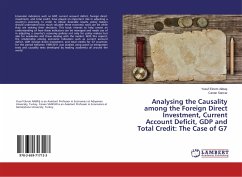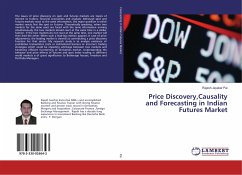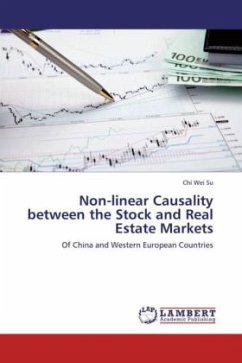Foreign exchange derivative instruments are used by both hedger and speculators. Whereas hedgers use them in order to reduce their currency risk exposure, speculators use derivative instruments in order to increase their potential gain from exchange rate movements. The objective of this study is to empirically test whether trading activity in the Indian foreign exchange futures market (which is one of the derivative markets) has any effect on the stability of the underlying exchange rate or not. For the purpose of the study daily information on the spot exchange rates, currency futures trading volume, and open interest were collected for the Euro, British Pound Sterling, Japanese Yen, and US Dollar. The empirical results indicate that futures market trading activity has a significant effect on the exchange rate volatility. In addition to that, the study concludes, shock in futures market trading activity seems to have a destabilizing effect on the underlying exchange rates.


